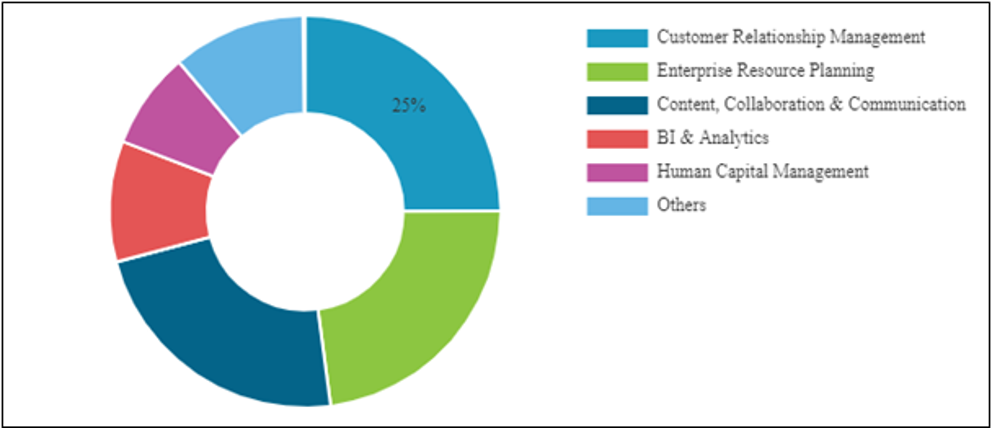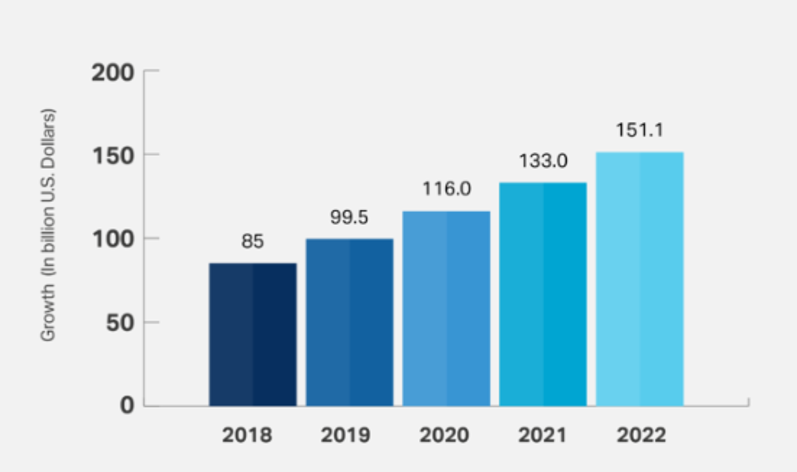#1 in Our SaaS Merchandising Blog Series
The retail industry has been slow to embrace Software as a Service (SaaS)—even as the SaaS paradigm has come to thoroughly dominate cloud computing in recent years across most other industries. In fact, we estimate SaaS retail penetration is as much as 50 percent behind prevailing global business usage.
That leaves a lot of room for improvement. (And we know a great way to start catching up!)
SaaS Platform Prevalence by Application
SaaS’s benefits are clear: A cloud-based subscription service gives users simple, seamless access to software, as well as to support and regular updates, no matter their location or device. All they need is an internet connection.
SaaS applications and platforms themselves are today more secure, scalable, and efficiency-enhancing than ever. By providing a birds-eye view into the workings of an organization’s departments and functions through interactive dashboards, they enable faster decision making backed by data.
All of which helps explain the business prevalence of such SaaS applications as customer relationship management (CRM), enterprise resource planning (ERP), content collaboration and communication (CC&C), business intelligence (BI) and analytics, and human capital management (HCM). Fortune Business Insights estimates that company investments in CRM (~25 percent), CC&C (~25 percent), and ERP (~20 percent) account for roughly 70 percent of the global SaaS market.
- Customer Relationship Management—CRM systems collate and centrally store customer data efficiently and securely, enabling sales, marketing, and customer service teams in both B2B and B2C organizations to improve customer relationships, customer segmentation, and data privacy. The most popular SaaS-based CRM tools include Zoho, Salesforce, and Hubspot.
- SaaS Content, Collaboration, and Communication—These systems include Communication, Content Management System, and Project Management solutions.
- Communications—SaaS-based communications tools, such as chat messaging and video, have to a great extent replaced typical office exchange methods including email, phone calls, and in-person meetings. The COVID pandemic vastly accelerated this communications transformation. Slack and Zoom are two prime examples.
- Content Management Systems—A CMS enables nontechnical users to create and manage apps and websites without needing to know how to code, while built-in search engine optimization (SEO) capabilities integrate with Google and other search engines. WordPress is a great example of a SaaS CMS that provides website building blocks.
- Project Management—Project management solutions enable businesses of every size to stay organized while moving forward on multiple, ongoing complex projects. Popular SaaS vendors in this field include Trello, Jira, and Basecamp.
- Enterprise Resource Planning—ERP integrates various business systems such as accounting, inventory, operations, and distribution. The infrastructure to support this integration may come with a high price tag, but it pays for itself over time with greater productivity, efficiency, and business insights. Commonly used ERP SaaS solutions include Oracle Netsuite, SAP Business One, and SYSPRO.
SaaS Platform Market: Huge and Growing
Estimates vary, but virtually every analyst agrees the global SaaS market is enormous and growing fast; it’s expected to swell from US$130.69 billion in 2021 to US$716.52 billion in 2028, a compound annual growth rate (CAGR) of 27.5 percent. Companies report that more than 70 percent of their business apps today are SaaS-based and they expect that figure to rise to between 85-90 percent by 2025.
The growth of the market can be attributed to a combination of technological innovation, customer behavior, and demand returning to pre-pandemic levels. The pandemic, according to Gartner, has seen businesses forced to focus on ‘preserving cash flow and optimize IT costs, support and secure a remote workforce, and ensure resiliency. Post pandemic spending on cloud infrastructure and software is only expected to increase.
Retail SaaS Adoption: Coming on Strong
For retailers everywhere, getting smarter is no longer a competitive edge—it’s a competitive necessity. SaaS models enable retailers to offer personalized digital and social experiences that grab customers’ attention and engender greater loyalty. SaaS is flexible and agile, providing retailers with real-time, cross-channel access to operational, financial, and customer data. Significantly, SaaS platform scalability paves the way for retailers to expand into new markets.
Retailers have noticed and, in no small part because of the pandemic shakeup, have accelerated their adoption of SaaS CRM, CC&C, ERP systems, among others. The result is they are better able to better predict, and thus optimize, the price, promotion, and assortment decisions that drive greater revenue, profits, and customer loyalty.
Shouldn’t you join them?
Take the Next Step
Want to turn your data into actionable insights that drive bottom-line growth across your entire value chain?
This blog is the first in a series exploring the power of SaaS platforms to transform retail merchandising. Read them all:








